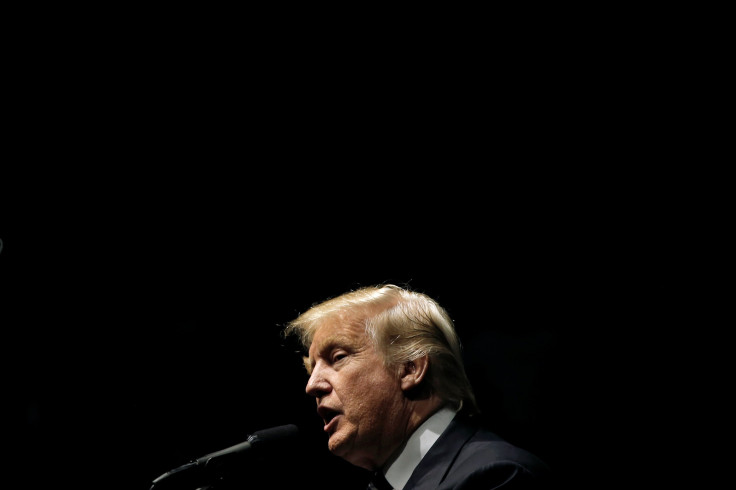Donald Trump On Jobs: A List Of Things The President-Elect Has Said

President-elect Donald Trump, many argue, won the election by campaigning on promises to restore America’s labor market to a time in history when it was, as the campaign slogan goes, "great."
Most economists dispute Trump’s ability to revitalize the economy, however, with a Moody’s Analytics report even projecting the growth of 3.5 million fewer jobs under a Trump administration. Trump has also recently faced criticism from union workers after he gave Carrier Corporation a tax break for keeping 800 jobs in the U.S., allowing the company to ship another 300 to Mexico and then exaggerating his victory.
The unemployment rate hit a nine-year low of 4.6 percent in November, but the labor force participation rate hasn’t flattened after close to two decades of general decline. It currently sits at 62.7 percent, compared to a February 2000 peak of 67.3 percent. Read on for a list of way Trump plans to fix that, in his own words.
By being the best “God ever created”
"We need a leader that can bring back our jobs, that can bring back our manufacturing," he said during his campaign announcement speech. "I will be the greatest jobs president that God ever created, I tell you that. I’ll bring back our jobs from China, from Mexico, from Japan, from so many places. I’ll bring back our jobs and I’ll bring back our money."
By getting rid of NAFTA
"NAFTA was the worst trade deal in history, and China’s entrance into the World Trade Organization has enabled the greatest jobs theft in history," Trump said in a July speech at a southwestern Pennsylvania factory, referring to the 1994 North American Free Trade Agreement, which struck down most tariffs between the U.S., Canada and Mexico. "Trade reform, and the negotiation of great trade deals, is the quickest way to bring our jobs back."
By lowering taxes on corporations and the wealthy
“I am proposing an across-the-board income tax reduction, especially for middle-income Americans. This will lead to millions of new good-paying jobs,” Trump, whose tax plan is widely expected to benefit wealthier Americans, told an audience at the Detroit Economic Club in August. “The rich will pay their fair share, but no one will pay so much that it destroys jobs, or undermines our ability to compete.”
By using Keynesian economics
“Failing schools can become flourishing schools. Crumbling roads and bridges can become gleaming new infrastructure. Inner cities can experience a flood of new jobs and investment,” he said at the New York Economic Club in September, referring to his planned $1 trillion fiscal stimulus, the sort of spending proposal conservatives have historically balked at. “Over the next 10 years, our economic team estimates that under our plan fpr the economy will average 3.5 percent growth and create a total of 25 million new jobs. You can visit our website and do the math.”
Jobs! Jobs! Jobs!
At a Tuesday rally in Milwaukee, Trump thanked the state of Wisconsin and reiterated the importance of one of his favorite topics.
By making Rick Perry Energy Secretary
“As governor of Texas, Rick Perry created a business climate that produced millions of new jobs and lower energy prices in his state, and he will bring that same approach to our entire country as secretary of energy,” Trump said in a press release from his transition team. He added that the former governor of Texas, where state unemployment was the 24th-highest in the nation after he’d spent nearly a decade in office, will be “promoting an American energy policy that creates jobs and puts Americans first.”
© Copyright IBTimes 2024. All rights reserved.






















